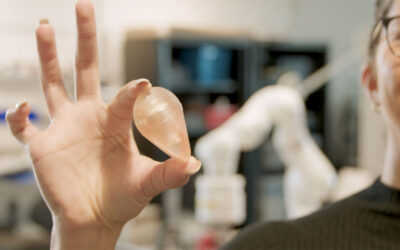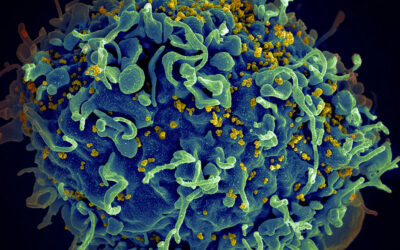 Shape-memory and shape-changing polymers are examples of a class of smart materials that have the ability to respond to changes in their environment by variations in their molecular structure or in their physicochemical properties. Their capability of performing stimuli-induced active movements has inspired engineers to develop heat-shrinkable packing materials, smart textiles, and morphing structures for aerospace vehicles. An example from the field of biomedicine is minimally invasive surgery for the insertion of self-inflating bulky medical devices.
Shape-memory and shape-changing polymers are examples of a class of smart materials that have the ability to respond to changes in their environment by variations in their molecular structure or in their physicochemical properties. Their capability of performing stimuli-induced active movements has inspired engineers to develop heat-shrinkable packing materials, smart textiles, and morphing structures for aerospace vehicles. An example from the field of biomedicine is minimally invasive surgery for the insertion of self-inflating bulky medical devices.
The design of smart polymers with the associated processes can be categorized by the targeted device (e.g., coating, particles) and the nature of the function, while – besides shape-memory polymers – other material systems of interest are stimuli-sensitive hydrogels and nanocarriers for the targeted administration of drugs or genes.
Entitled “Smart Polymers for Biomedical Applications“, the recent special issue of Macromolecular Chemistry and Physics was guest-edited by Andreas Lendlein and Marc Behl (Helmholtz-Zentrum Geesthacht , Teltow, Germany) and present recent results on organization motifs of polymers at different hierarchical levels, with the aim to evolve, enhance and study the (multi)functionality of these materials.
Read here for free the full introductory Essay by Stefan Baudis, Marc Behl and Andreas Lendlein:

















